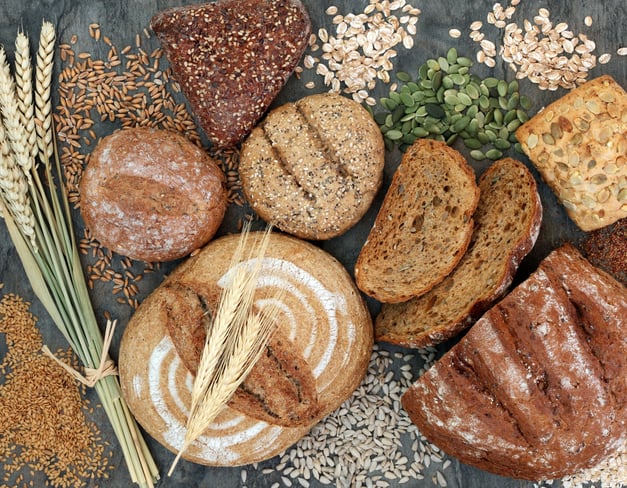What is Fiber?
The easiest way to understand fiber and why it matters to us
NUTRITION
Fiber is a type of carbohydrate that our bodies can't fully digest. Instead of being broken down like other carbs, fiber passes through the digestive system, offering numerous health benefits.
There are two main types of fiber: soluble and insoluble, and each serves a different purpose in maintaining a healthy body.


Soluble Fiber: Dissolves in water to form a gel-like material. It helps to lower blood cholesterol and glucose levels. Common sources include oats, apples, oranges, carrots, and beans.
Soluble vs Insoluble Fiber: What's the Difference?
Insoluble Fiber: Does not dissolve in water and helps add bulk to the stool, promoting regular bowel movements. Foods high in insoluble fiber include whole grains, nuts, beans, and vegetables like cauliflower and potatoes.
"Fiber is the secret ingredient to feeling full, fit, and fabulous."
Aids Digestion: Fiber helps keep your digestive system running smoothly. Insoluble fiber, found in foods like whole grains and vegetables, adds bulk to the stool, making it easier to pass and reducing the risk of constipation.
Controls Blood Sugar: Soluble fiber, found in foods like oats, beans, and fruits, forms a gel-like substance in the stomach. This gel slows down the absorption of sugar, helping to prevent spikes in blood sugar levels, making it essential for people managing diabetes.
Supports Heart Health: Soluble fiber also helps lower cholesterol levels by binding to cholesterol particles and removing them from the body. This process can reduce the risk of heart disease.
Aids in Weight Management: High-fiber foods tend to be more filling, meaning they help you stay full for longer. This can lead to a reduction in overall calorie intake and support weight loss or maintenance.
Feeds Your Gut: Fiber acts as a food source for the beneficial bacteria in your gut. These bacteria produce short-chain fatty acids, which support gut health and boost the immune system.
